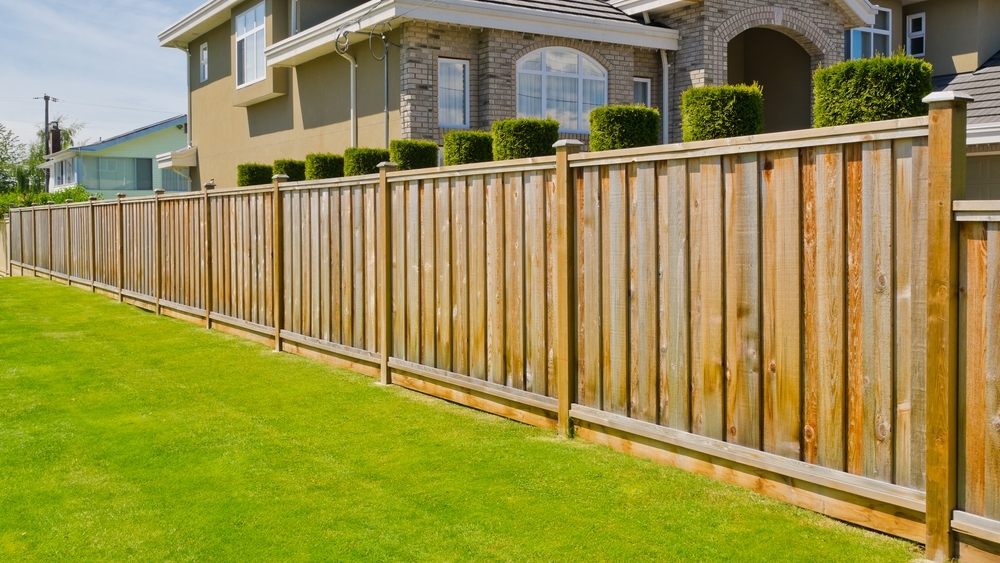Backyard fences are a popular choice these days, particularly if you’ve got small children or pets that wander. But before you put up the first panel or pound in the first fence post, drive through your neighborhood to see what’s customary and check with town or neighborhood authorities to see if there are rules governing the height of fences, what materials can be used, and whether or not fences must be landscaped.
Still not sure? Here are a few pros and cons to fencing, along with a quick guide to the types of fence materials.
Benefits. A well-chosen fence can add a sense of place and help define your property. If you have pets or children, a fence will keep them contained. You’ll also need a fence if you have a pool. Many people like the privacy fences afford them. More secure fence options can also keep unwanted visitors off your property.
Drawbacks. In some cases, a fence may not be a good option. This may be the case if you live in an area where most homes don’t have fences. Erecting a fence may make your home feel isolated and unapproachable. Using low quality materials or a style that doesn’t coordinate with neighboring fences can detract from your home.
Fencing options. Fencing options — both style and material — are wide ranging. The best choice for you will depend on the purpose of your fence, the types of existing fences in your neighborhood, and your budget.
Wood fences can be used for neighbor-friendly picket fences or privacy fences. Wood choices are wide-ranging but one of the most popular is pressure-treated lumber, which resists rotting and requires less maintenance. Fences can be left natural or altered with paint or stain but require more maintenance. Wood fencing costs range from $5 per foot to $10 per foot.
Vinyl fencing is easy for a homeowner to install because it’s lightweight and comes in panels. Though durable and requiring little maintenance, vinyl won’t work for security fencing. At around $20 per foot, vinyl fencing is affordable.
Metal and chain link fences are durable, and work well to define a property or contain animals. While chain-link fencing isn’t particularly attractive, it is an inexpensive option. The average price for metal fencing is $5 per foot to $15 per foot.
Wrought iron is a strong material with longevity. Its benefits include an attractive traditional style and excellent security. This kind of fence must be made and installed by professionals and comes with a hefty price tag. Wrought iron fences may cost up as much as $100 per foot.
Aluminum is an alternative to wrought iron that offers a similar look at a more affordable price — up to $30 per foot. It is often used to border a yard or pool.


